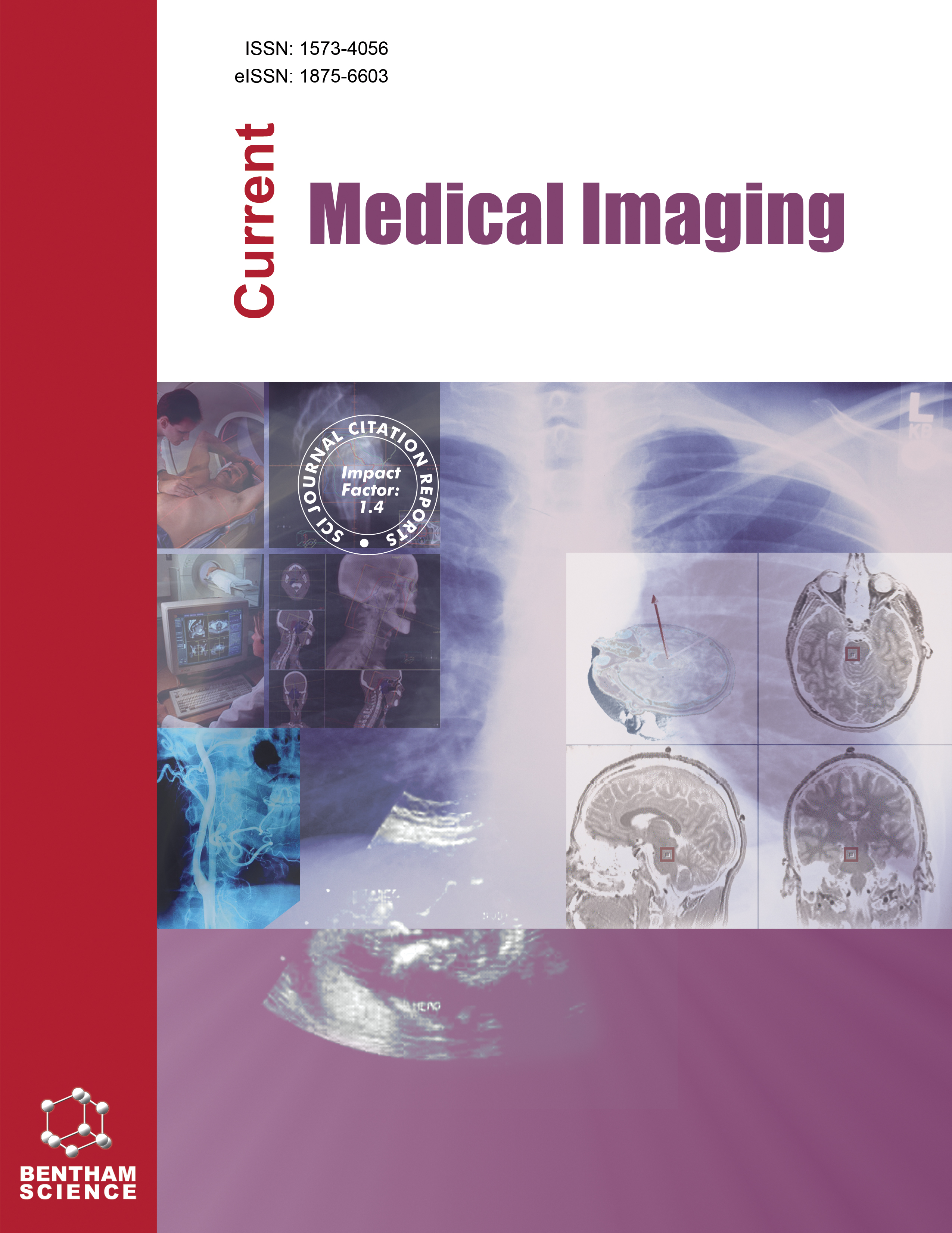-
oa Performance of the Iterative OSEM and HYPER Algorithm for Total-body PET at SUVmax with a Low 18F-FDG Activity, a Short Acquisition Time and Small Lesions
- Source: Current Medical Imaging, Volume 20, Issue 1, Jan 2024, e15734056274225
-
- 01 Oct 2023
- 30 Dec 2023
- 25 Mar 2024
Abstract
The primary objective of this comparative investigation was to examine the qualitative attributes of image reconstructions utilizing two distinct algorithms, namely OSEM and HYPER Iterative, in total-body 18F- FDG PET/CT under various acquisition durations and injection activities.
An initial assessment was executed using a NEMA phantom to compare image quality engendered by OSEM and HYPER Iterative algorithms. Parameters such as BV, COV, and CRC were meticulously evaluated. Subsequently, a prospective cohort study was conducted on 50 patients, employing both reconstruction algorithms. The study was compartmentalized into distinct acquisition time and dosage groups. Lesions were further categorized into three size-based groups. Quantifiable metrics including SD of noise, SUVmax, SNR, and TBR were computed. Additionally, the differences in values, namely ΔSUVmax, ΔTBR, %ΔSUVmax, %ΔSD, and %ΔSNR, between OSEM and HYPER Iterative algorithms were also calculated.
The HYPER Iterative algorithm showed reduced BV and COV compared to OSEM in the phantom study, with constant acquisition time. In the clinical study, lesion SUVmax, TBR, and SNR were significantly elevated in images reconstructed using the HYPER Iterative algorithm in comparison to those generated by OSEM (p < 0.001). Furthermore, an amplified increase in SUVmax was predominantly discernible in lesions with dimensions less than 10 mm. Metrics such as %ΔSNR and %ΔSD in HYPER Iterative exhibited improvements correlating with reduced acquisition times and dosages, wherein a more pronounced degree of enhancement was observable in both ΔSUVmax and ΔTBR.
The HYPER Iterative algorithm significantly improves SUVmax and reduces noise level, with particular efficacy in lesions measuring ≤ 10 mm and under conditions of abbreviated acquisition times and lower dosages.


